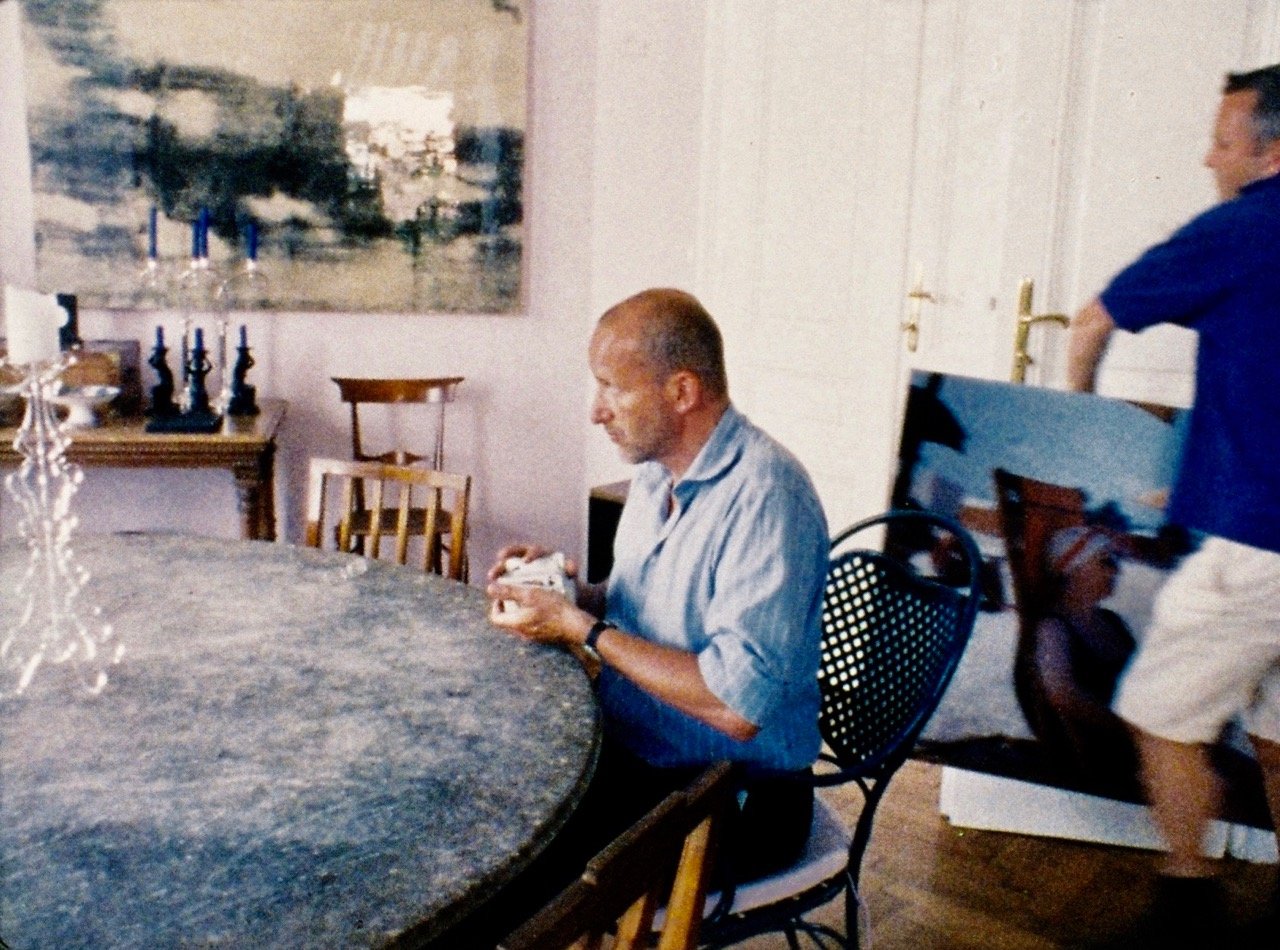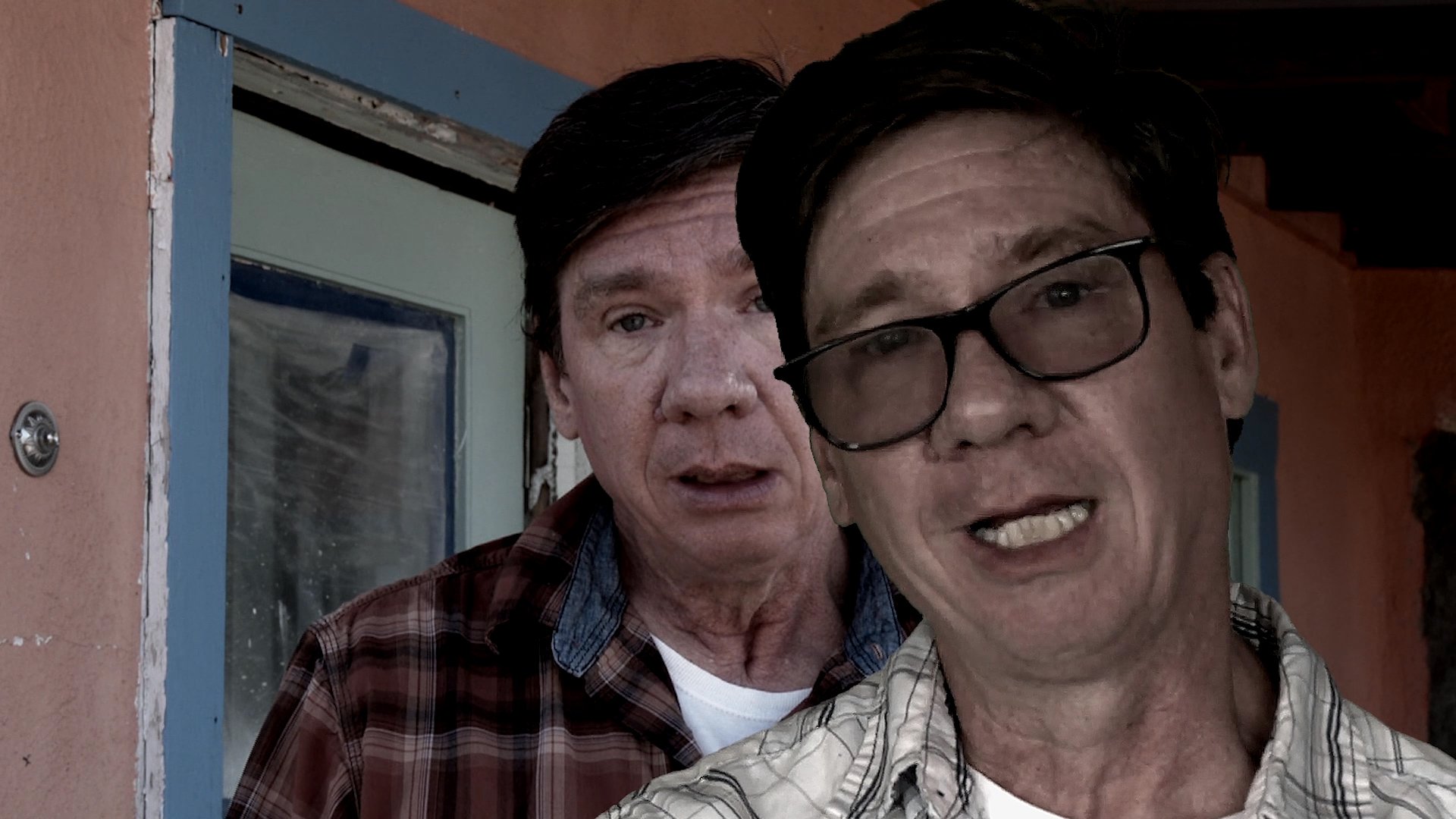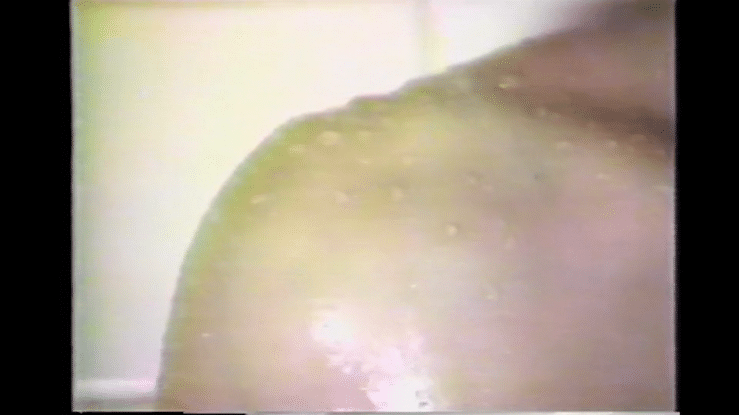GUILLOTINE by Sonnie Wooden
GUILLOTINE by Sonnie Wooden will precede the feature presentation of COMMODITY TRADING: DIES IRAE by M. Woods hosted at our Chicago Filmmakers Firehouse Cinema . Both Sonnie Wooden and M. Woods will appear in person for a post-screening conversation moderated by Grace K Schuler.
Friday, March 15 at 7:00 PM Central
1326 W Hollywood Ave, Chicago
Review by Cenìnye Harris | Edited by M. Woods
Everyone ought to watch Sonnie Wooden’s GUILLOTINE twice to absorb all of the information being juxtaposed into a horrifying collage of abject hyperreality. On first viewing, Wooden presents a somewhat comedic and biting satire, which serves as a discourse on race and media. Upon second viewing, GUILLOTINE opens further, and makes us consider various rhetorics of protest.
Wooden begins his critique with the “Youtube monologue” of a middle-aged white man, a poster child for the antithesis of progress. This absurd monologue does not just examine race, but duality of identity and its context. GUILLOTINE flirts with the idea of reconcilement, and seemingly contrasts ideas of Black pessimism. Letting a white man narrate the film, as he realizes his own bias, suggests the possibility of his counterparts realizing too. The hyperrealism that Sonnie Wooden depicts is archival, experiential, and at times, a mockery of the real, a flattening or oversimplifying that some may find off-putting if it were not for Sonnie’s ability to use the cinematic artifice as a means of satire and horror. Wooden’s own authorship is in the GUILLOTINE: the splicer and that which doles at justice.
The GUILLOTINE, in that sense, is a form of retribution, and sometimes, of a need for revenge against an institution. Wooden’s GUILLOTINE splices together these awful and sardonic truths of a human hive mind steeped in narcissism and a lack of self-consciousness, attempting to surpass irony while depicting the midst of racist nihilism. And in this critique of distinctly USA-cultivated horror and kitsch, Wooden is not making any simple statements, or general attacks. Instead, his erudite juxtaposition of these elements invites a post-screening conversation. There is no answer. The figure of Kanye appears and explains that he is speechless and unable to find resolve. GUILLOTINE acknowledges this lack and does not shy away from keeping its audience within the ambiguities of the emptiness in our reflections and the media we use to reflect.
By Cenìnye Harris | Edited by M. Woods
Trailer for GUILLOTINE by Sonnie Wooden.










